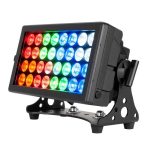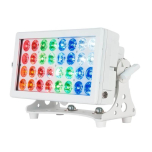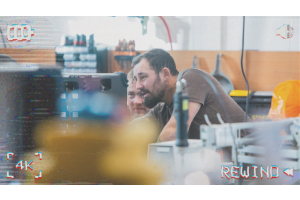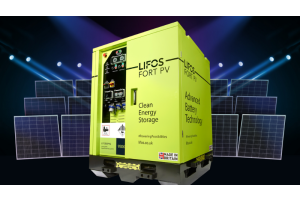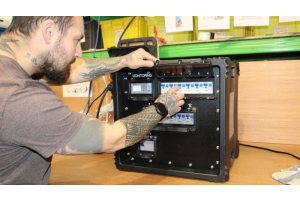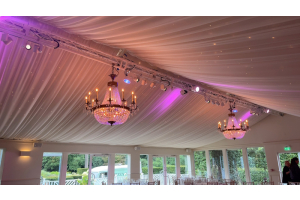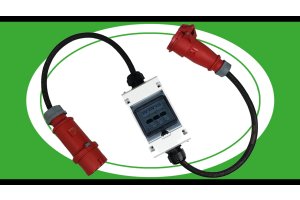
Memories and Micro Experiences, what are they?
The world of marketing is ever-expanding, and with consumer satisfaction and loyalty at the forefront of a brand’s image, it’s no wonder micro experiences are something that businesses are starting to invest in. Micro experiences can create a macro effect and businesses are realising if they invest in the consumer experience, the customer is increasingly likely to invest into the business too.
“We do not remember days, we remember moments,” wrote Italian poet Cesare Pavese. It’s how our mind works, and it’s why engaging your customers with digital micro experiences can have such a profound effect on brand loyalty.
What do they do?
So, we know what micro experiences do, but how can you give consumers a micro experience?
Micro-Experiences can come in form of both physical and digital experiences, both of which aim to leave the consumer with a memorable feeling, therefore leading to loyalty from the customer. Traditionally, micro-experiences are small-scale, physical activations. They are scalable to multiple locations and generate revenue for your company by providing a delightful, branded experience. Retail micro-experiences tend to be sensory and immersive. Digital micro experiences can come in the form of user experience, like shown in the GIF below or through Facebook’s reaction buttons..
Example of Micro Interaction
Why are they rising in popularity and some examples?
Micro-experiences are everywhere, in virtually any industry. It’s the moments we all remember, not the days. This is the end goal of investing in such ventures when engaging with your audience. They don’t need to be flashy or extravagant, they just need to be meaningful and memorable for the customer.
In the outdoor events world, we see micro-experiences in the form of wedding marquees and or glamping. But there are more opportunities to be had.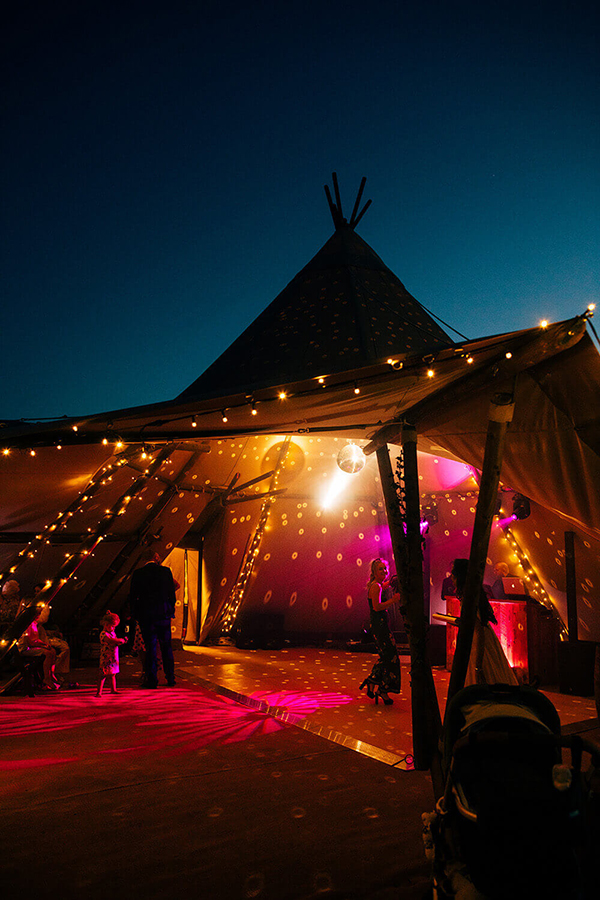
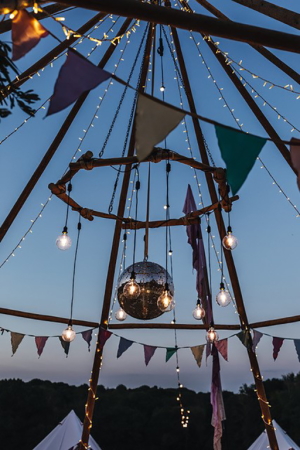
A local micro experience occured just recently over the weekend, right here in the South West! Just over the pond in Plymouth, Princess Yachts created a stunning boat show named ‘The Princess Exclusive’. This micro experience was in replacement of Europe’s largest marine industry showcase being cancelled. The yacht lineup featured eight eye-catching new vessels. This included the brand new X80 (featured below) and V50, alongside some champion yachts. The aim of this experience was to give prospective buyers a taste of the luxury that Princess Yachts has to offer. Distinguished guest were treated to Fine food and drinks in an ambient setting that enthralled visitors both day and night.
Image by Matt Gilley
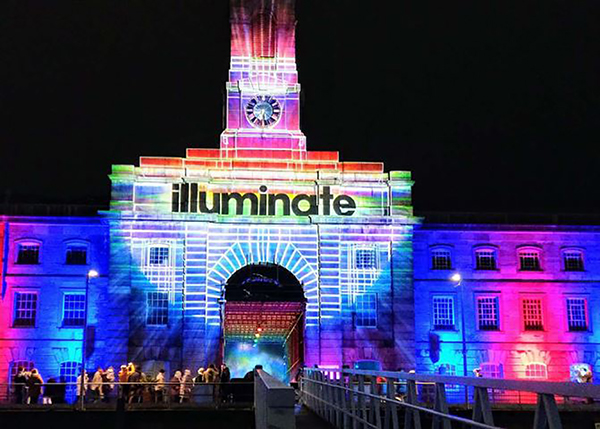

These experiences are becoming key to what creates a bond between the business and the consumer. It can be the little things that businesses do to create an effortless experience, for example, Canada Goose are a brand which are offering micro-experiences for customers in the form of a -27 degree cold room where customers can try the outerwear on and see what the coats are like when fully exposed to the elements it’s made for. These gestures can create a real personal feel for the customer, therefore more likely to lead to a purchase.
Canada Goose Ice Room
It’s not just big brands or retail-only brands doing it, there’s digital-first brands investing in pop-up shops for their customers as companies realise that getting their digital customers in-store can be highly valuable. Hendrick’s gin is another brand being innovative when it comes to their customers’ experiences. They created a scented underground tunnel which commuters couldn’t help but be immersed in. Everyone who walked through the tunnel into their brand as they’re hit with scents of rose and cucumber on their daily commute.

What is the future of Micro Experiences?
In the wake of the Covid-19 pandemic, businesses needed to look towards a future whereby large-scale, mass-attended events and festivals become unpredictable to plan and costly when cancelled. The proliferation of micro-experiences would offer an alternative to target audiences that helps generate revenue while mitigating risk.
There's no doubt micro-experiences will become more commonplace, offering variety and accessibility to individuals. We all crave an experience to enrich our lives, something meaningful and memorable. What that may look like, how that may resonate when we look back on it may differ from person-to-person but if offers a chance to stake a moment in life.
What about getting involved?
Smaller sized groups / high-value events already exist for food & drink, retail and health & wellness and they already support several businesses that have pivoted to survive. Creating an idea that will excite your audience is key to success. If you’re thinking of trying something, the following tips may help you along your way
- Think of your main audience, where you are struggling to maintain business continuity, what would they like and how close is it to your existing specialism and set-up?
- Do you have the right kind of facilities, existing equipment, knowledge, and staff to create your new idea?
- What would it take to bring it to life, how much time and investment would be involved and when would you see a break-even point?
- Who else is in this space, will it be difficult to accomplish given the competition?
- Think of a unique selling proposition, something that will attract your audience to you, over your competition. Think, is your high-value experience is likely to be found elsewhere?
- After planning your experience, give it a price. Create a model, how many will you sell?
- Check your concept, ask, or poll your audience and understand how appealing it is to them. Make sure to ask about what’s on offer, its value for money and whether the price tag is within reach?
- Finally, check the timing. Do you need to be ready for a particular time, launch to capture the greatest opportunity?
The best way to know if you’re onto a winner is to score the above rather than simply answering Yes or No. For example, try scoring between one to five, any answers that achieve 4 – 5, in your opinion, are most likely going to work-out well for you. This will give you a better feeling about the outcome.
You might also want to add up all the scores and calculate whether the answers exceed 80% of the total best score. This may give you another level of assurance, whether to proceed. Just because one question scored low, it doesn’t mean you should just give up the plan. Scoring this way allows you to think of the wider plan. Maybe, if its price competitiveness, it won’t matter as your unique proposition is so good, you know people will pay. You can also choose your threshold. It doesn’t need to be 80%. It’s all a question of how much risk you want to take.
In summary
In 2022, a new way of life is evolving whereby we live with Covid-19. Will we need a jab every year, like the flu vaccine? Will there be government guidelines limiting what we can do in larger groups? There’s still a lot of uncertainty but some of the businesses that have already weathered the storm are businesses that pivoted in order to survive. They decided doing something was better than doing nothing. It won’t always work out but then these are uncertain times, and we can take solace knowing that change is always good!

